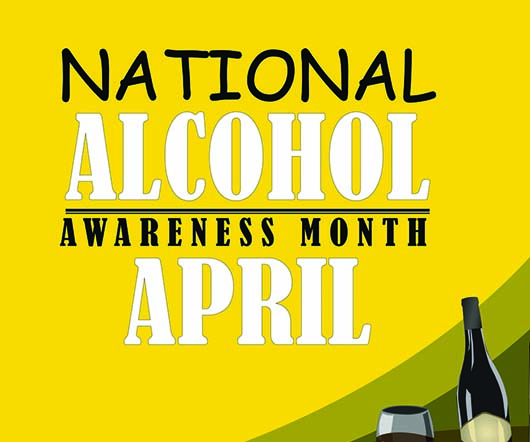By Traci Pedersen More Americans than ever are suffering from serious psychological distress, but many are going without proper treatment, according to new findings published online in the journal Psychiatric...
By Traci Pedersen
More Americans than ever are suffering from serious psychological distress, but many are going without proper treatment, according to new findings published online in the journal Psychiatric Services.
This may be due to a variety of reasons, including poor access to health care services, lack of health insurance, insufficient mental health coverage, or an inability to pay for psychiatric medications.
For the study, researchers at New York University (NYU) Langone Medical Center analyzed a federal health information database involving more than 200,000 Americans (aged 18 to 64) from more than 35,000 U.S. households. Participants lived in all states and came from all ethnic and socioeconomic groups.
Researchers found that 3.4 percent of the U.S. adult population (more than 8.3 million) suffer from serious psychological distress (SPD).
SPD involves feelings of sadness, worthlessness, and restlessness severe enough to impair a person’s physical well-being, according to the U.S. Centers for Disease Control and Prevention (CDC). Previous survey estimates had put the number of Americans suffering from SPD at three percent or less.
Comparing self-reported SPD symptoms across nine years, the NYU Langone research team estimates nearly one in 10 distressed Americans (9.5 percent) in 2014 still did not have health insurance that would give them access to a psychiatrist or counselor, a slight rise from 2006, when nine percent lacked any insurance.
In addition, about 10.5 percent in 2014 experienced delays in getting professional help due to insufficient mental health coverage, while 9.5 percent said they experienced such delays in 2006. And 9.9 percent could not afford to pay for their psychiatric medications in 2014, up from 8.7 percent in 2006.
“Based on our data, we estimate that millions of Americans have a level of emotional functioning that leads to lower quality of life and life expectancy,” said lead study investigator Judith Weissman, Ph.D., J.D., a research manager in the Department of Medicine at NYU Langone. “Our study may also help explain why the U.S. suicide rate is up to 43,000 people each year.”
The situation appears to have worsened, she said, even though the 2008 Mental Health Parity and Addiction Equity Act and the 2010 Affordable Care Act (ACA) included provisions designed to help reduce insurance coverage disparities for people with mental health issues. She said the new report can serve as a baseline for evaluating the impact of the ACA and in identifying disparities in treating the mentally ill.
“Our study supports health policies designed to incorporate mental health services and screenings into every physician’s practice through the use of electronic medical records, and by providing training for all health care professionals, as well as the right resources for patients.”
Source: NYU Langone Medical Center/ New York School of Medicine


























